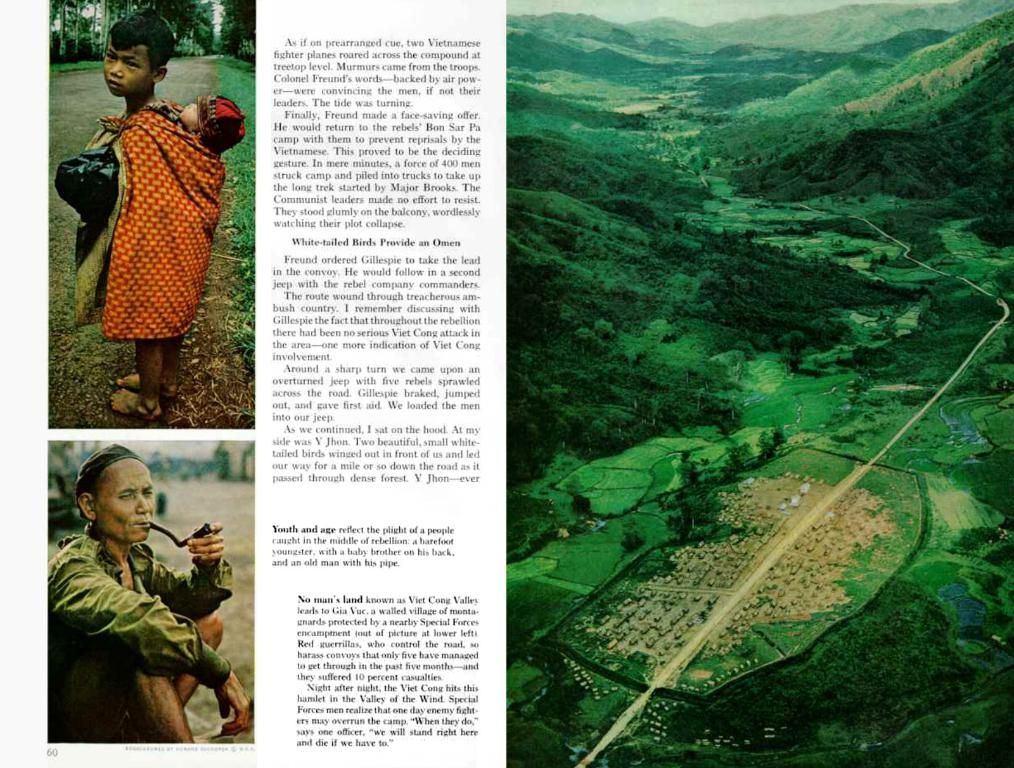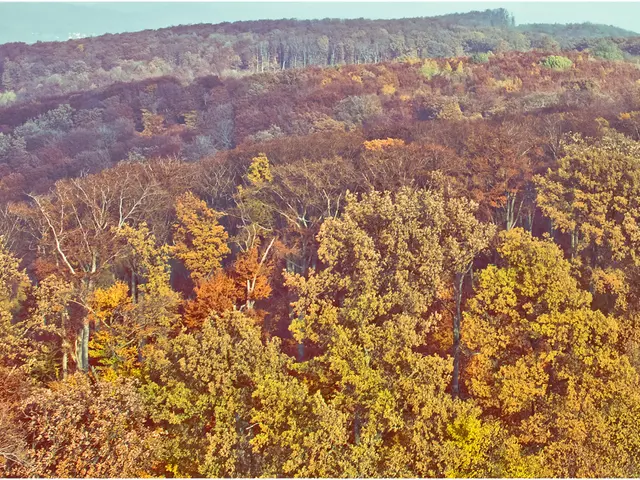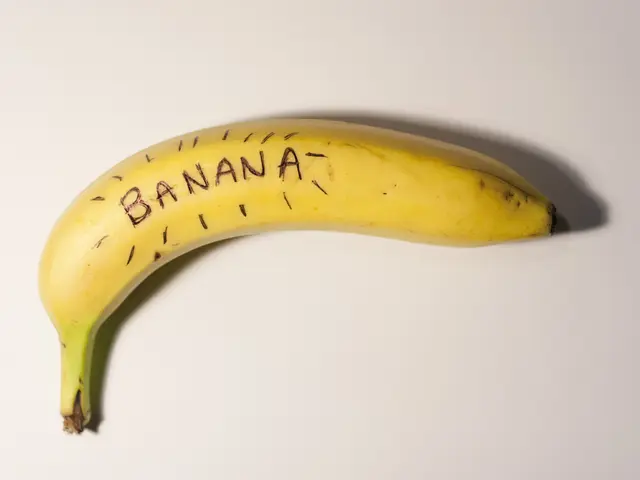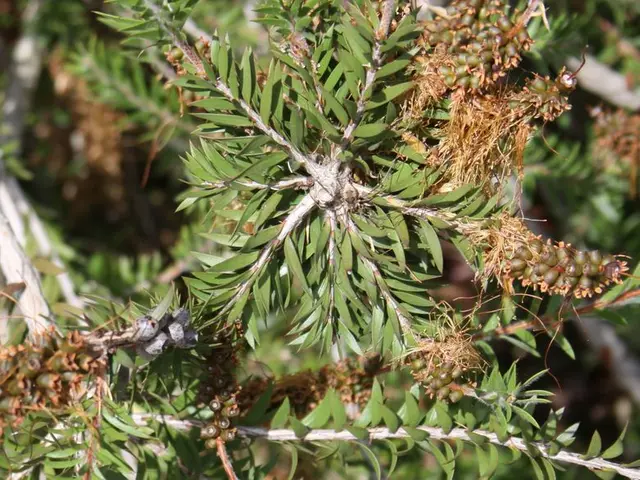Top Nine Vegetables for Novice Gardeners to Plant in Autumn
Fall gardening can seem intimidating, especially if you're new to the game. But fear not, for there are several easy crops that are perfect for a beginner gardener in Zone 7b. Here's a list of top recommendations to get you started:
- Garlic - Plant the cloves in the fall around your first frost, then sit back and wait. Harvest will vary depending on your location, but you can expect it anywhere from May to July.
- Lettuce - Plant lettuce seeds directly in your garden, container, or raised bed about 6 weeks before your first frost. Keep it watered, and watch it grow!
- Arugula - Similar to lettuce, arugula is another easy crop to direct sow. Plant about the same time as lettuce to let it establish before the growth slows.
- Spinach - Spinach loves cool weather and grows well in fall. Wait until daytime temperatures are consistently in the 70s or lower 80s (F) to plant. You can try to get a fall harvest or let it overwinter for a late winter re-growth.
- Carrots - While carrot seeds can be tricky to get to germinate due to the need for constant moisture, it's all worth it for the fall harvest. Cover your planting area with something like a cardboard box, burlap sack, or floating row cover to help retain moisture and make your life easier. Plant carrot seeds about 8 weeks before your average first frost.
- Snap Peas - Snap peas are perfect for fall, as they germinate quickly in the warm soil but don't like the heat by the time they start setting flowers. This makes for a great fresh vegetable harvest from your fall garden.
- Radish - Grow radishes for your salads or roast with other root veggies. Plant about 4 weeks before your average first frost for a quick harvest.
- Kale - Kale is another popular fall crop that many gardeners love. Direct sow these seeds about 4-6 weeks before your average first frost.
- Swiss Chard - A colorful addition to your fall garden, Swiss chard can last well through milder winters. Plant about 10 weeks before your average first frost.
For more experienced Zone 7b gardeners looking to expand their fall garden, consider these additional crops:
- Broccoli - Broccoli can be difficult to grow, but it's worth it if you're willing to put in a bit more effort. Start broccoli indoors and transplant when it's not so hot (usually July–September). Keep in mind that broccoli doesn't like heat, and mature broccoli can survive temperatures in the mid-20s with a cover.
- Cabbage - Similar to broccoli, cabbage needs a lot of fertile soil and can be susceptible to cabbage worms. Use row covers as prevention.
- Beets - Beets can be challenging for some gardeners, but they're worth the effort. Plan on sowing beets about the same time as carrots (around 8 weeks before your first frost) and keep them watered. In some areas, beets may overwinter for a late winter harvest.
Remember, gardening in the fall is a testing ground. Experiment with these easy crops, learn what works, and adapt for next season. Happy gardening!
Pro Tip: To make life easier, try using a soil thermometer to check soil temperature and row covers or cold frames to extend your growing season.
- For a more engaging gardening lifestyle, try downloading garden printables to help with your garden planning and organization.
- To enhance your home-and-garden experience, consider expanding your fall garden by growing challenging crops like broccoli and cabbage, using row covers for protection from pests and extreme temperatures.
- To get a head start on your gardening next year, take note of what crops perform well in your Zone 7b garden this fall, and use this knowledge to plan and prepare your garden for the upcoming season.








